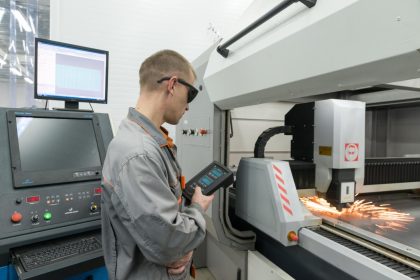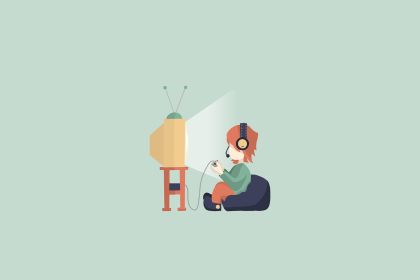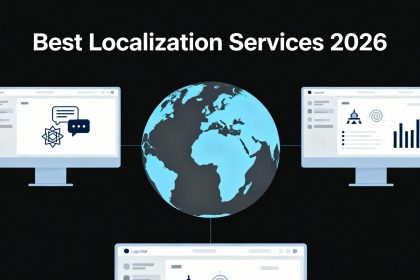Navigating the Legal System: What First-Time Offenders Should Know
Facing legal trouble for the first time can feel like stepping into…
Signs Your Child May Need Support With Communication Skills
Every child develops communication skills at their own pace, but parents may…
Building a Mission-Ready Tools Mobility System: Expert Strategies for Tool Kitting Systems That Perform in High-Risk Environments
When you walk into a sensitive operation—an aircraft hangar, a refinery unit,…
Regenesys Education BBA Degree for Future Leaders in South Africa
South Africa’s economy is steadily growing, and the country needs confident &…
What Small Business Owners Need to Know About Managing Short-Term Finance
For small business owners, cash flow is often the difference between stability…
How an Amazon SEO Agency Optimizes Listings for Maximum Visibility
Almost 60% of all product searches start on Amazon, and competition keeps…
The Future of Digital Marketing: AI SEO Agency Trends in Malaysia
Understanding the Shift Toward AI in Digital Marketing Digital marketing in Malaysia…
How to Choose the Right Fiber Laser for Metal Cutting (2026) — Specs, Cost-in step with-Part & Buyer’s Checklist
Looking for a fiber laser that definitely fits your save, price range…
The Ghost in the Code: Navigating the Ethics of Generative AI’s Next Evolution
Generative AI has advanced a lot and is already much more than…
Real-Time Lore: When Player Choice Dictates the Narrative of a Global Game
Interactive entertainment has reached a point where stories no longer sit on…
10 Leading Localization Services Every Global Brand Should Know
Expanding into global markets requires more than translating text – it requires…
Henry Vail II: Key Foundations Behind a Perfect Golf Swing
As a leader at Sucre Vail Wealth Advisors, Henry Vail II has…













